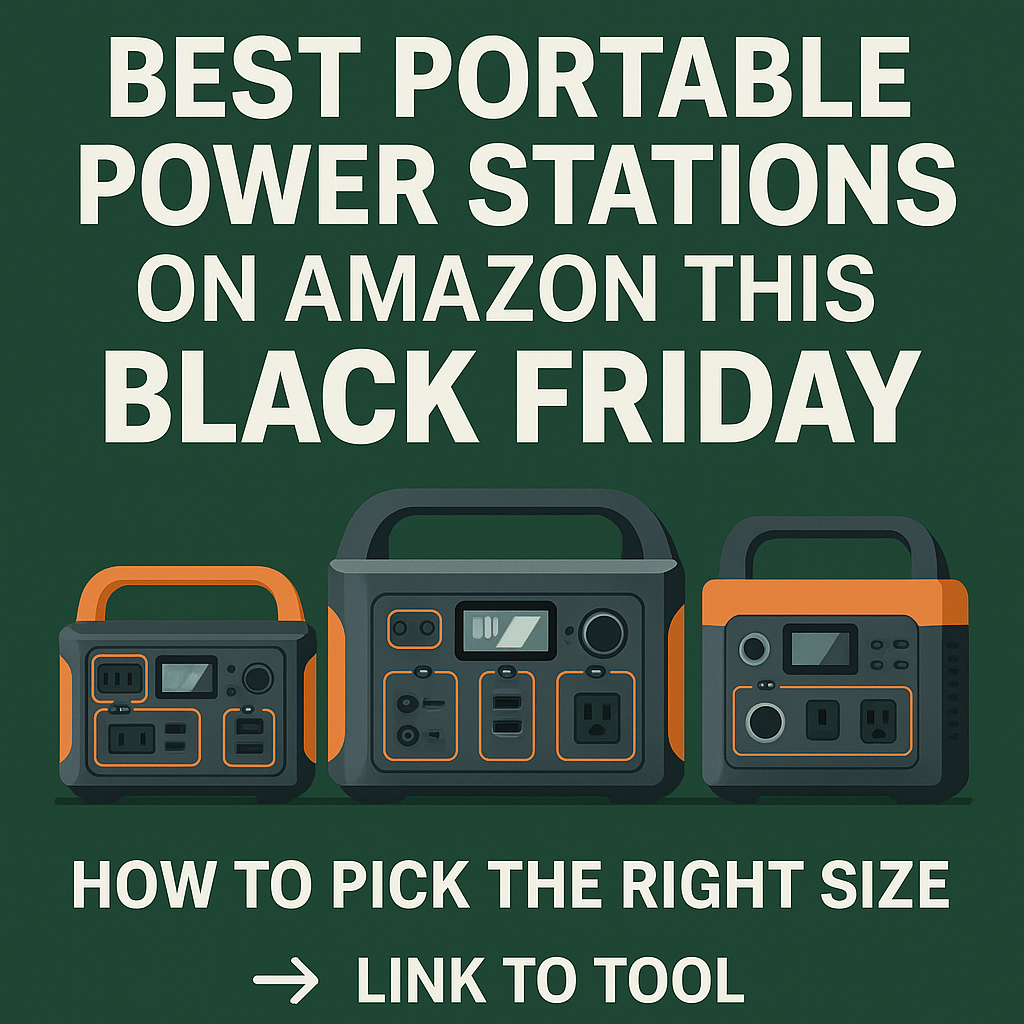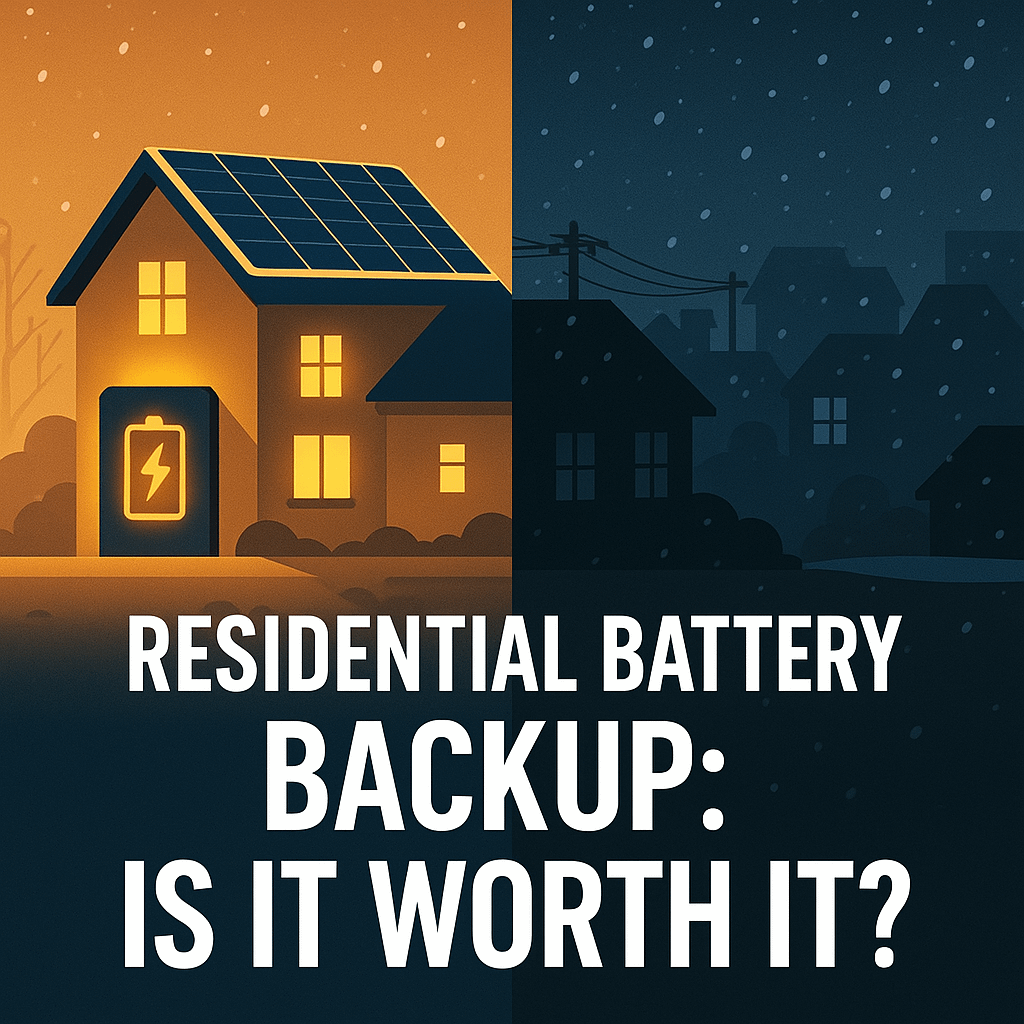EcoFlow River Review by Evergreen Off-Grid
Most people shopping for a portable power pack probably don’t have a clear frame of reference for sizing it. On a daily basis we consume energy at a furious pace, completely oblivious to how much we’re consuming. Unless you’re living off grid, it probably doesn’t make much of a difference if that cup of coffee cost you 10 watt hours or 10 thousand. Sure, there is a point where excessive consumption would hit you in the pocketbook. But generally speaking, energy consumption isn’t something we pay much attention to in America.
So rather than talking about kilowatt hours, we’re going to talk about coffee pot hours. Let’s talk television, laptop and wifi hours. If you have a 300 watt hour portable power pack during a power outage what exactly can you use it for? What about camping? How useful would it be for construction? We’ll answer these questions for you and more, so stick around!
EcoFlow River
To help clear up any confusion we reviewed the 288 watt hour capacity EcoFlow River for you. One of the smallest portable power packs offered by EcoFlow, it’s helpful to use this model for comparison so we can set a minimum expectation. Use this as a basis for sizing a pack that’s capable of the job(s) you’re buying it for.
Larger Portable Power Pack Options
EcoFlow provides several options for scaling your portable power pack. You can add additional battery capacity to your EcoFlow River, or you can purchase one of their larger units like the newly released EcoFlow Delta 2. Expandable up to 3 kilowatt-hours, this unit is up to 10 times more capable than it’s little brother we reviewed above.
How Much do Power Packs Cost
With the base 1 kilowatt-hour Delta 2 coming in at $999, and the 210 watt-hour River Mini going for $229, these units retail for roughly a dollar per stored watt capacity.
So, What Can These Things Do?
It’s important to understand what these battery banks are and what they aren’t. Let’s begin with the latter.
What Aren’t Portable Power Packs for
Most portable battery banks are NOT intended to pick up all of your home power needs in the event of a power outage. The typical American household consumes too much energy for the power packs we’ve described so far. If you’re looking to power your entire home during an outage, you’ll need to invest in the Delta Pro. Expandable up to 25 kilowatt hours, once you add solar panels, you can rest assured that you’re protected during power outages.
Another tried and true way to keep your whole home powered seamlessly during an outage is rooftop solar with battery backup. Check out EnergySage if you want to find the best deals in your community.
What Are Portable Power Packs for
Portable power packs are useful for a number of applications. EcoFlow portable power packs range from about 200 watt hours on the low end to 3,000 or even 6,000 watt hours from the larger units and expansion packs. This much energy is capable of powering small electronic devices for extended trips off the grid. Or, with the addition of solar panels backup a small selection of home devices and appliances for as long as you need.
The River
In the video above we discovered the EcoFlow River was good for
- keeping wifi on for several hours
- days of phone charging
- 2 to 4 laptop charge cycles
- 1 to 2 hours on 65″ tv with wifi
- about 5 hours of wifi/wireless security camera combo
- operating plug in power tools
- charging power tool batteries
- cooking coffee
- camping
The Rest
As noted above, use our review as a basis for what a 300 watt power pack will do. If your power pack is larger your devices will remain powered for that much longer. If you add solar panels, even better.
Thank You!
Thank you for checking out evergreenoffgrid.com! What other ideas do you have for us to test? Can we answer any more questions about our EcoFlow River? Please drop a comment below or send us an email at info@evergreenoffgrid.com.





